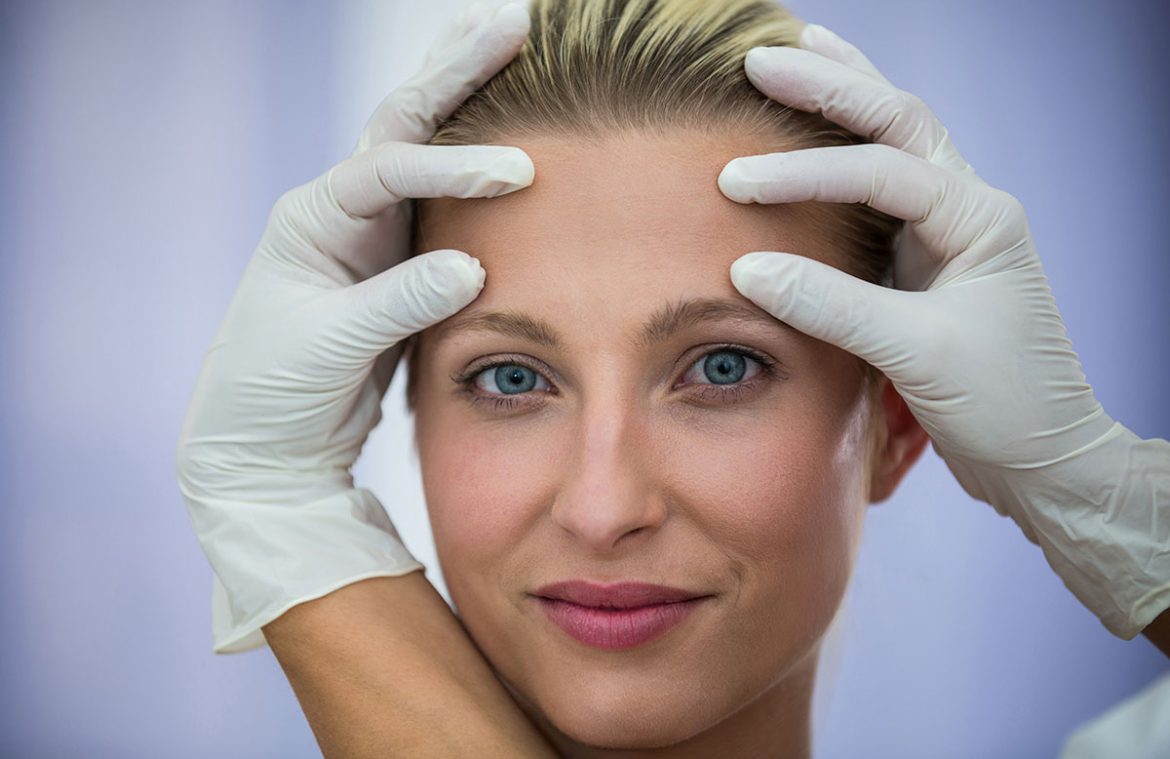
A brow lift, also known as a forehead lift or browplasty, is a surgical procedure designed to rejuvenate the appearance of the forehead and eyebrows by addressing sagging skin, deep furrows, and drooping brows. This transformative surgery aims to restore a more youthful and refreshed look to the upper face, enhancing facial harmony and confidence. In this article, we will explore the intricacies of brow lift surgery, including its indications, techniques, benefits, recovery, and potential risks.
Indications for Brow Lift Surgery
Brow lift surgery may be recommended for individuals experiencing one or more of the following concerns:
- Sagging or Drooping Brows: Over time, the brows may descend due to aging, genetics, or environmental factors, resulting in a tired or angry appearance.
- Forehead Wrinkles and Furrows: Deep horizontal lines or furrows across the forehead can contribute to an aged or stressed look, affecting overall facial aesthetics.
- Excess Skin on the Forehead: Loose or redundant skin on the forehead may obscure the natural contours of the brows and upper face, detracting from facial harmony.
- Desire for Facial Rejuvenation: Individuals seeking to enhance the overall appearance of the upper face and achieve a more youthful and refreshed look may benefit from brow lift surgery.
Brow Lift Techniques
Brow lift surgery can be performed using various techniques, depending on the patient’s anatomy, aesthetic goals, and the extent of correction required. Common approaches include:
- Traditional Brow Lift: In the traditional brow lift technique, an incision is made along the hairline or within the scalp, allowing the surgeon to access and elevate the underlying tissues of the forehead and brows. This approach is suitable for patients with moderate to severe brow descent and forehead laxity.
- Endoscopic Brow Lift: The endoscopic brow lift involves making several small incisions within the scalp through which an endoscope and specialized instruments are inserted. This minimally invasive technique allows for precise visualization and manipulation of the underlying tissues, resulting in reduced scarring and shorter recovery times.
- Temporal Brow Lift: The temporal brow lift targets the outer portion of the eyebrows and forehead, lifting and repositioning the tissues through incisions placed within the temporal hairline. This technique is ideal for individuals with mild to moderate brow descent and minimal forehead wrinkling.
The choice of technique depends on factors such as the patient’s anatomy, aesthetic goals, and the surgeon’s expertise.
Benefits of Brow Lift Surgery
Brow lift surgery offers a range of benefits for patients seeking to rejuvenate the appearance of their upper face, including:
- Elevated Brow Position: Brow lift surgery can lift and reposition the brows to a more youthful and aesthetically pleasing height, creating a rejuvenated and refreshed appearance.
- Smoothing of Forehead Wrinkles: By tightening the underlying muscles and removing excess skin, brow lift surgery can smooth out deep forehead wrinkles and furrows, resulting in a smoother and more youthful forehead contour.
- Enhanced Facial Harmony: Rejuvenating the brows and forehead can contribute to overall facial harmony and balance, enhancing the natural beauty of the eyes and surrounding features.
- Boost in Self-Confidence: Many individuals experience increased self-confidence and satisfaction with their appearance following brow lift surgery, leading to improved quality of life and self-esteem.
Recovery and Post-Operative Care
Following brow lift surgery, patients may experience some degree of swelling, bruising, and mild discomfort in the forehead and brow area, which can be managed with prescribed medications and cold compresses. It is essential to follow the surgeon’s post-operative instructions diligently, which may include:
- Keeping the head elevated to reduce swelling
- Avoiding strenuous activities and heavy lifting
- Applying prescribed ointments or dressings to the incision sites
- Attending follow-up appointments to monitor healing progress
Most patients can expect to resume normal activities within one to two weeks, although full recovery may take several weeks to months, depending on the extent of the procedure and individual healing factors.
Potential Risks and Complications
While brow lift surgery is generally considered safe and effective, like any surgical procedure, it carries inherent risks and potential complications, including:
- Infection or bleeding
- Delayed wound healing
- Numbness or changes in sensation along the incision sites
- Asymmetry or irregularities in brow position or contour
- Rarely, complications such as hair loss along the incision sites or injury to underlying structures may occur, requiring additional treatment or revision surgery
It is crucial for patients to thoroughly discuss the potential risks and benefits of brow lift surgery with their surgeon and adhere to pre-operative and post-operative guidelines to minimize the likelihood of complications.
Conclusion
Brow lift surgery is a transformative procedure that can rejuvenate the appearance of the forehead and eyebrows, enhancing facial harmony and confidence. By understanding the indications, techniques, benefits, recovery process, and potential risks associated with brow lift surgery, individuals can make informed decisions about pursuing this cosmetic enhancement option to achieve their aesthetic goals and rediscover confidence in their appearance. For personalized guidance and expert care, individuals are encouraged to consult with a board-certified plastic surgeon who specializes in brow lift surgery.
